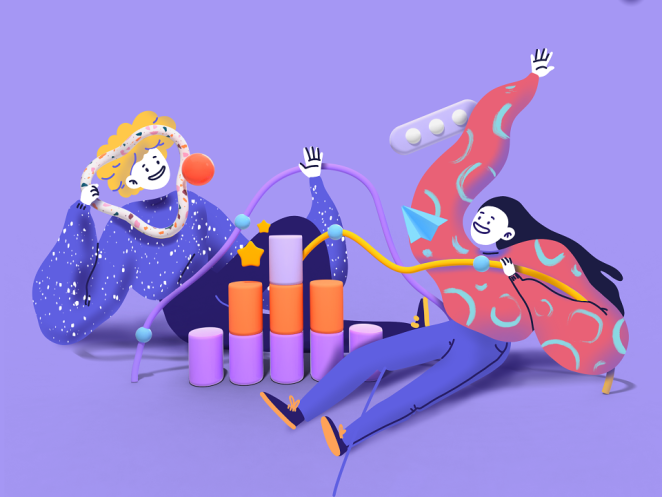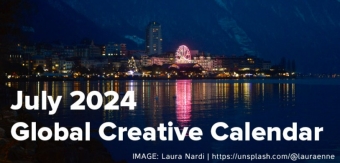Ideas solve problems; but in marketing, having a breakthrough idea is only half the battle. The other half is understanding your audience - who they really are, what drives their decisions, and how to craft your messaging to truly resonate with them on a human level.
For a long time, marketers could rely on intuition, ingenuity and a bit of blind faith to connect brands and personas. But somewhere along the way, commercial ambition eclipsed creativity, and we lost sight of the persons behind the personas. Marketing became a blur of tired wit, uninspiring call to actions (CTAs), and…corporate flash mobs. It stopped working.

The infusion of analytics in marketing stems from this renewed need to quantify creativity in a tangible – and then, scalable – way. It’s no longer enough to know what works – it’s also important to understand why, so it can be repeated.
As ‘creatives’, it can be too easy to run away from data; but when we take a run at it, we factor in precedent to bolster our creativity. Ideas and numbers are not opposing forces. Instead, they should be thought of as mutually reinforcing fundamentals, with the combined power to create better work and produce resonant solutions.
The pace and precision of analytics enable us to make the lateral leap from insight to idea, faster.
Data analytics provides context to nuance, and creative analytics reinforces performance. As companies can now access reams of customer data, an understanding of analytics can help decide which insights matter and which to ignore. The breakdown of customer interests, motivations and unmet needs means that we can now go beyond gut feel to inform our creative process; and sometimes, it can even prove our instincts right.

When we understand patterns, we uncover insights. When we identify anomalies, we can interrogate their causes. And, when we add meaning to marketing, we create impact. At a time when attention is scarce and platforms are saturated, analytics lets us optimise performance with a level of granularity that was earlier impossible, transforming ads into meaningful brand moments.
Just as analytics has a role in creative marketing, so does human creativity in data analysis.
Recognising patterns, attributing human insight to them and forecasting consumer behaviour requires common sense and creative interpretation.
It is a task of discovery and transformation, where raw data must be processed through the lens of lived experiences to stop it from being just a statistical output. Truly valuable consumer intelligence is a product of imaginative thinking applied to data points. Where individuals are grouped into personas, creativity allows us to extract the stories behind the numbers.

However, in today’s ad-saturated reality, consumers say they are increasingly uncomfortable with their data being (mis)used for marketing purposes. Brands and marketers are operating in a world where data is freely available, but its usage is closely scrutinised.
Plus, the advent of AI-powered marketing has underscored its reliance on data analytics, raising questions about ethics and transparency. This shifting landscape presents a critical challenge for marketers: how to leverage the power of analytics while respecting privacy and building trust.
The key is maintaining a balance, where data elevates the creative process rather than defines it.
For those of us comfortable with analytics, there is often a temptation to work backwards from the data, making it a prescriptive blueprint for creative strategy. And, for those of us ahead of the AI learning curve, we run the risk of our over-reliance causing creative homogenisation.

If we let ourselves become too tethered to the data story, we think we already know, we may miss novel perspectives, emerging cultural shifts, and the deeper emotional narratives that breakthrough ideas are born from. When we start losing the ‘random’ to over-rationalisation, we dim the power of creativity. Sometimes, it can even be useful to go back to basics, relying on pure instinct to find something that resonates.
If you ask me, the magic is in the unpredictable; true creativity arises from challenging the blind spots in the data and asking a string of ‘why?’ questions until the next idea. Yes, ideas solve problems; but also, ideas challenge assumptions and defy conventions. This is, and will always be, a firmly creative superpower.

By Chelsea Noronha, strategist @ SocialChain







